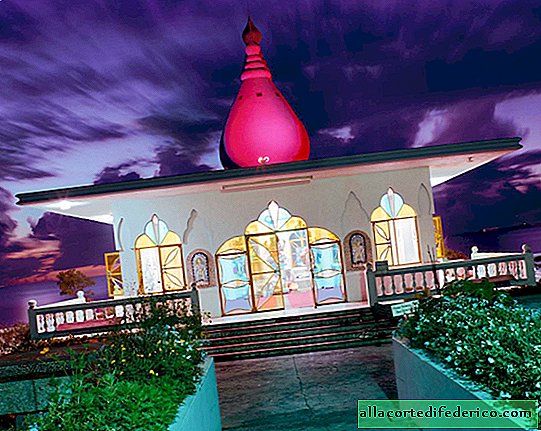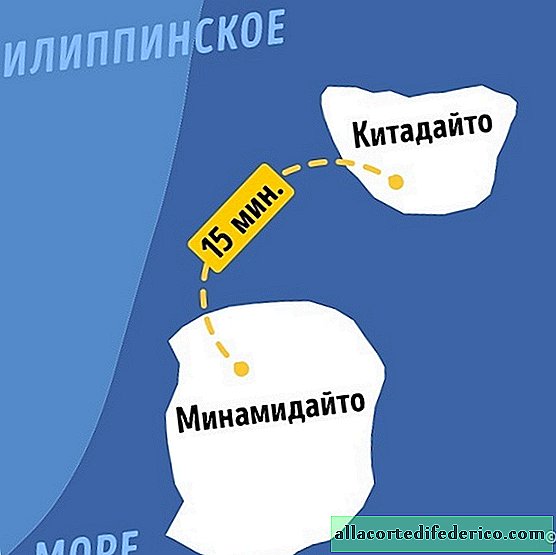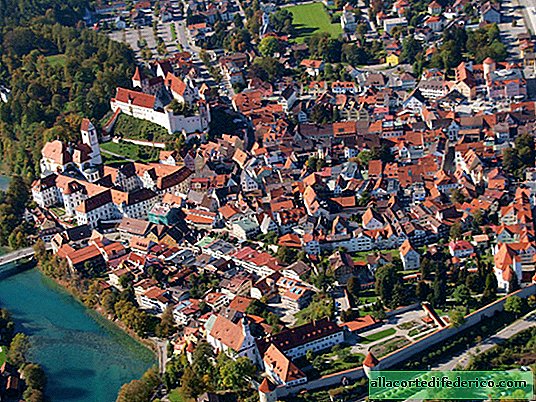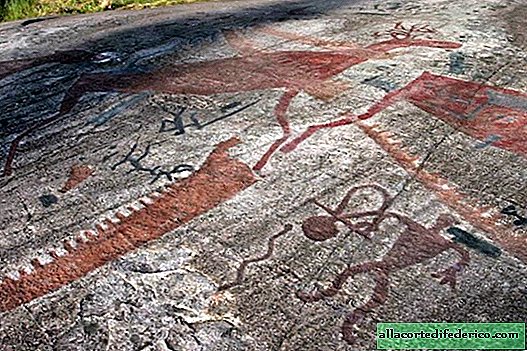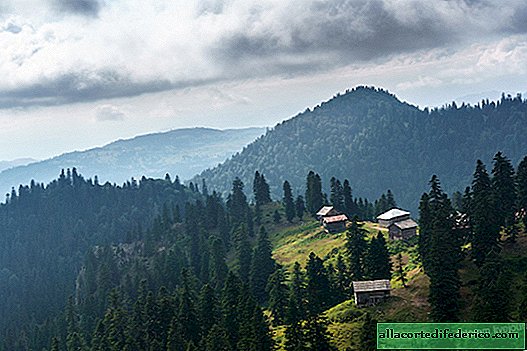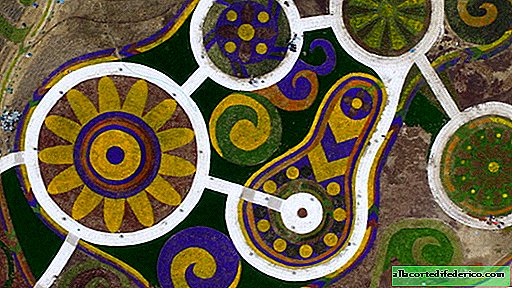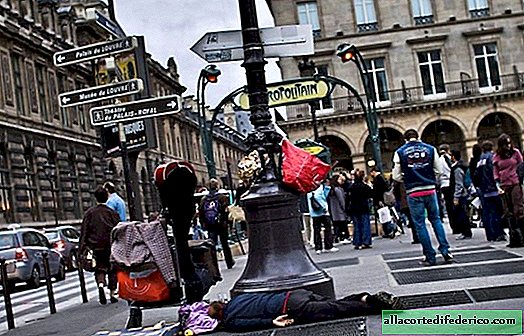Who are gypsies and where is their homeland
Gypsies are one of the largest ethnic groups in the world that do not have their own state. They can be found in any country in Europe, the CIS, in the countries of America, and their number is about 8-10 million people. How did it happen that the Gypsies began to lead a nomadic lifestyle and settled in many countries of the world, while their closest relatives continued to live in their homeland?

According to geneticists, the ancestors of modern Gypsies left India around the 6th-10th centuries and moved to Persia (the territory of modern Iran). According to one version, 1000 people were transferred by the Indian padishah as a gift to the Shah of Persia. According to historical information, these were jewelers and musicians, and donating representatives of valuable professions was commonplace at that time. After living there for about 400 years, the gypsies headed west and soon came to Byzantium.


But after the fall of the Byzantine Empire in the 15th century, the Gypsies left their homes and moved to the north and west of Europe in search of work and food. In Europe itself there were quite difficult times and the immigrants were not very happy. The situation was complicated by the fact that the first gypsies who arrived in new countries were, as a rule, not the best representatives of gypsy society. Not burdened with family and households, seekers of an easy life, they were engaged in theft, cheating and begging. This led to the fact that the gypsies gained a reputation as tramps and scammers, it was increasingly difficult for them to find work and become part of European society. In search of a better life, gypsies from Spain and Portugal began to move to Latin America.

Due to the difficult history and constant wanderings, the Gypsies found themselves in genetic and linguistic isolation from the closest native speakers - Indians. Gypsy belongs to the Indo-Aryan branch of Indian languages. The language itself has several dialects that have formed in different regions of the compact residence of gypsies. In addition to their native language, gypsies often speak the language of the country in which they live.
According to statistics, the largest number of gypsies live in the United States, where there are about 1 million. More than 500 thousand gypsies live in Brazil, Spain and Romania, and about 200 thousand representatives of this people are registered in Russia. Today, April 8th is considered the Day of the Gypsies and, despite the fact that this people does not have its own state, they have their own flag, in the center of which is the symbolic wheel of the wagon.


